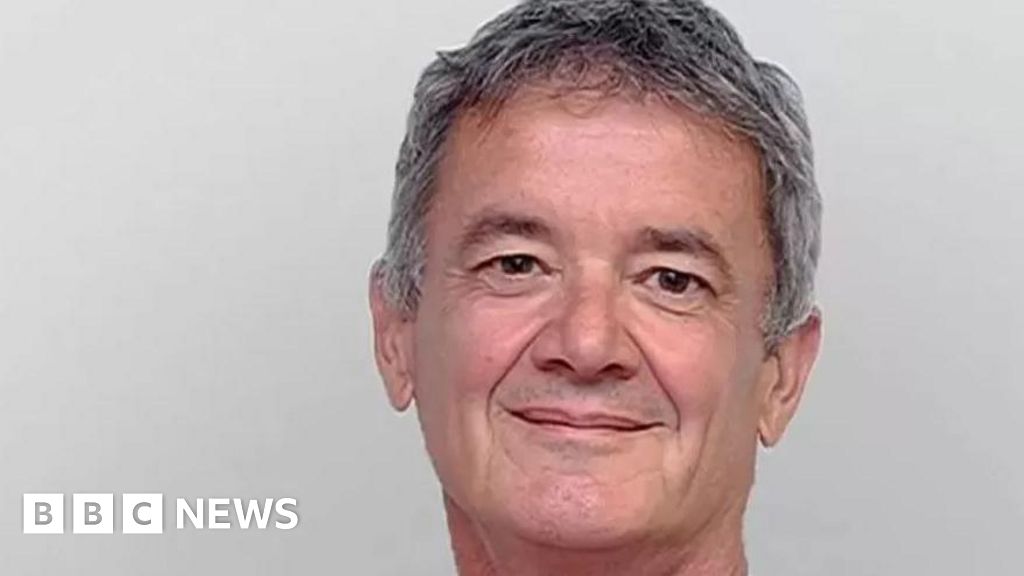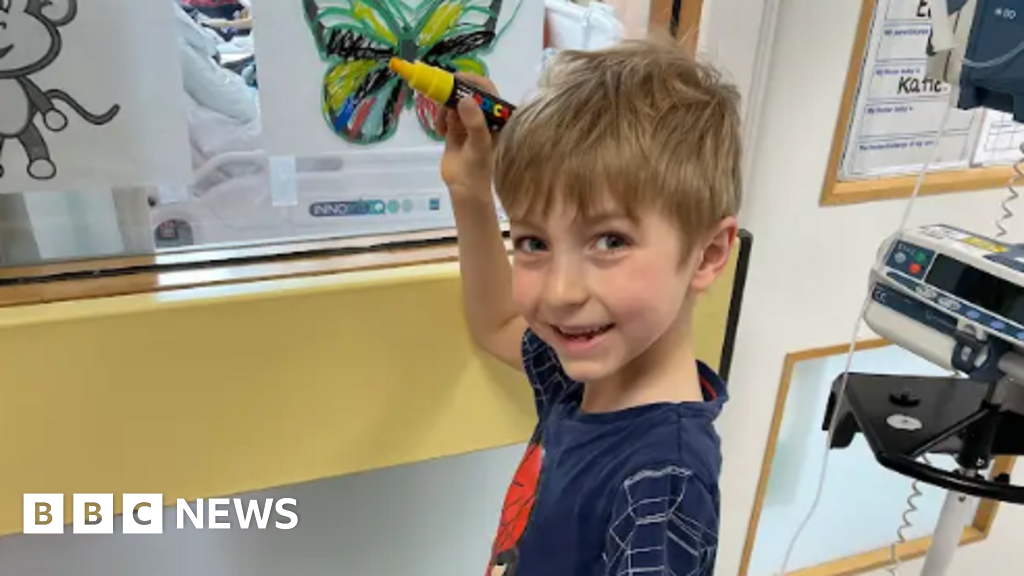Water of Life: The borehole revitalizing education, health in Nasaru Olosho Conservancy
In the heart of the Nasaru Olosho Conservancy, a new chapter of hope has begun for the children of Olparakuo Primary School in Enyuata area, Kajiado East County. These young learners are now the biggest beneficiaries of a recently installed borehole just a few meters from their school. The solar-powered borehole, donated by the Michael […] The post Water of Life: The borehole revitalizing education, health in Nasaru Olosho Conservancy first appeared on KBC.

In the heart of the Nasaru Olosho Conservancy, a new chapter of hope has begun for the children of Olparakuo Primary School in Enyuata area, Kajiado East County.
These young learners are now the biggest beneficiaries of a recently installed borehole just a few meters from their school.
The solar-powered borehole, donated by the Michael Otto Foundation at a cost of Ksh 5 million, was implemented by WWF-Kenya.
The school’s Head of Institution, Richards Kipton, shared this borehole’s transformative impact on the students’ lives.
“The school has 70 learners, and before the solar-powered borehole was sunk, they all had to carry at least five litres of water daily. This water was used to make their ration of porridge for the day. It was hardly enough even to prepare their lunch meal, which was ‘Githeri’ (boiled maize and beans),” Kipton explained.

He noted that the children, previously malnourished and often absent, now look healthier and stay attentive in class due to a properly balanced diet enabled by the consistent water supply.
“Learners can now have porridge at 10 a.m. and still expect to have lunch without getting exhausted from carrying water in the wee hours of the morning. Parents also now have ample time to attend parent-teacher conferences and discuss their children’s progress in school because they do not have to trek long distances in search of water,” Kipton added.
Absenteeism, once a rampant issue, has significantly decreased.
Many mothers, who used to trek long distances to fetch water, can now prioritize their children’s education.
Florence Ngoisa, a 55-year-old mother of four from Enyuata area, shared her story.
Owning only one heavily pregnant donkey, she said she often had to leave her children at home to fetch water.
“By the time I trek to fetch water and return, the children are already home with nobody to attend to them. So I decided to let them stay with a neighbour as I went about my business,” Ngoisa said.

She also mentioned that her donkey sometimes refused to walk long distances and often spilt the water, making her work even harder.
With the newly installed borehole, Ngoisa’s life has transformed.
“Now, it takes me close to two hours to fetch water, which gives me time to do other domestic chores like washing clothes and taking care of my animals. I even escort my children home on a good day,” she said.
Kipton highlighted other challenges faced by the school, such as human-wildlife conflict due to their porous fence.
“Without a fence that secures the school, all sorts of wild animals pass through to drink at the watering point nearby. This is a big distraction for our learners, but we have taught them to coexist with these animals and steer clear whenever they encounter them,” he said.
In one such incident, children scampered for safety after a herd of elephants roamed right outside the school.
“Children will always be children; the learners, out of curiosity, watched the majestic animals up until they left,” he added.
The HoI also mentioned that the reason many elephants frequent the area is because they are situated along a migratory route.
These changes are part of Nasaru Olosho Conservancy’s innovative approach to resource management.
According to the conservancy’s Chief Executive Officer, Jacob Nkananai, the conservancy consists of four blocks with 652 registered members who are also landowners.

Out of the 32 conservancies within the ecosystem, Nasaru Olosho stands out with its unique community-driven management style.
“Nasaru Olosho is the only conservancy with dual conservancies. This means we have a conservation strategy that involves the management and preservation of two distinct but interconnected areas or ecosystems,” Nkananai explained.
This approach enhances biodiversity, protects various species, and maintains ecological balance.
Situated between Chulu Hills and the Amboseli National Park, Nasaru Olosho’s strategy involves collaboration between privately owned conservation lands and publicly managed protected areas.
By working together, private landowners and government agencies create a more extensive and connected network of protected areas.
With the borehole in place and a unique management strategy, the future looks promising for Nasaru Olosho Conservancy.
The community’s innovative approach not only addresses immediate needs like water scarcity but also ensures long-term ecological sustainability and prosperity for its members.
The post Water of Life: The borehole revitalizing education, health in Nasaru Olosho Conservancy first appeared on KBC.
What's Your Reaction?














































































![Xbox Suffers Major Outage [Update: It's Working Again]](https://i.kinja-img.com/image/upload/c_fill,h_675,pg_1,q_80,w_1200/b1c258c0a21da7a90afdfcdc0ef9207a.jpg)






































